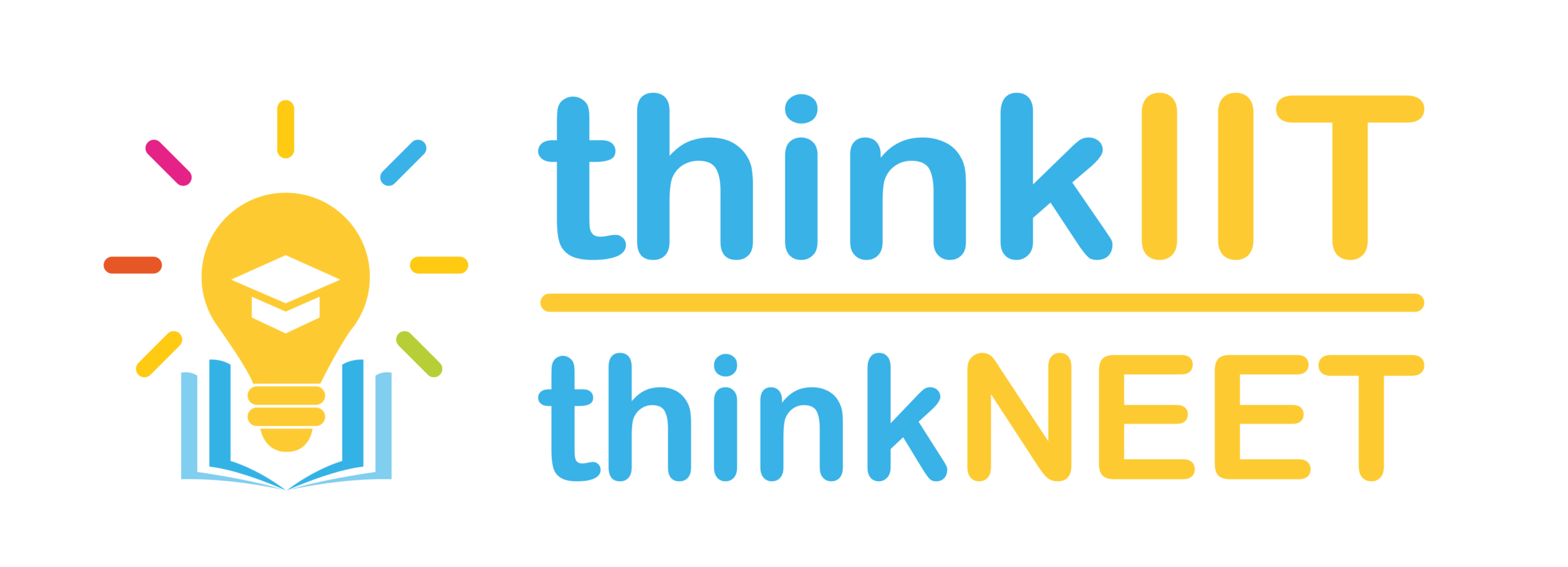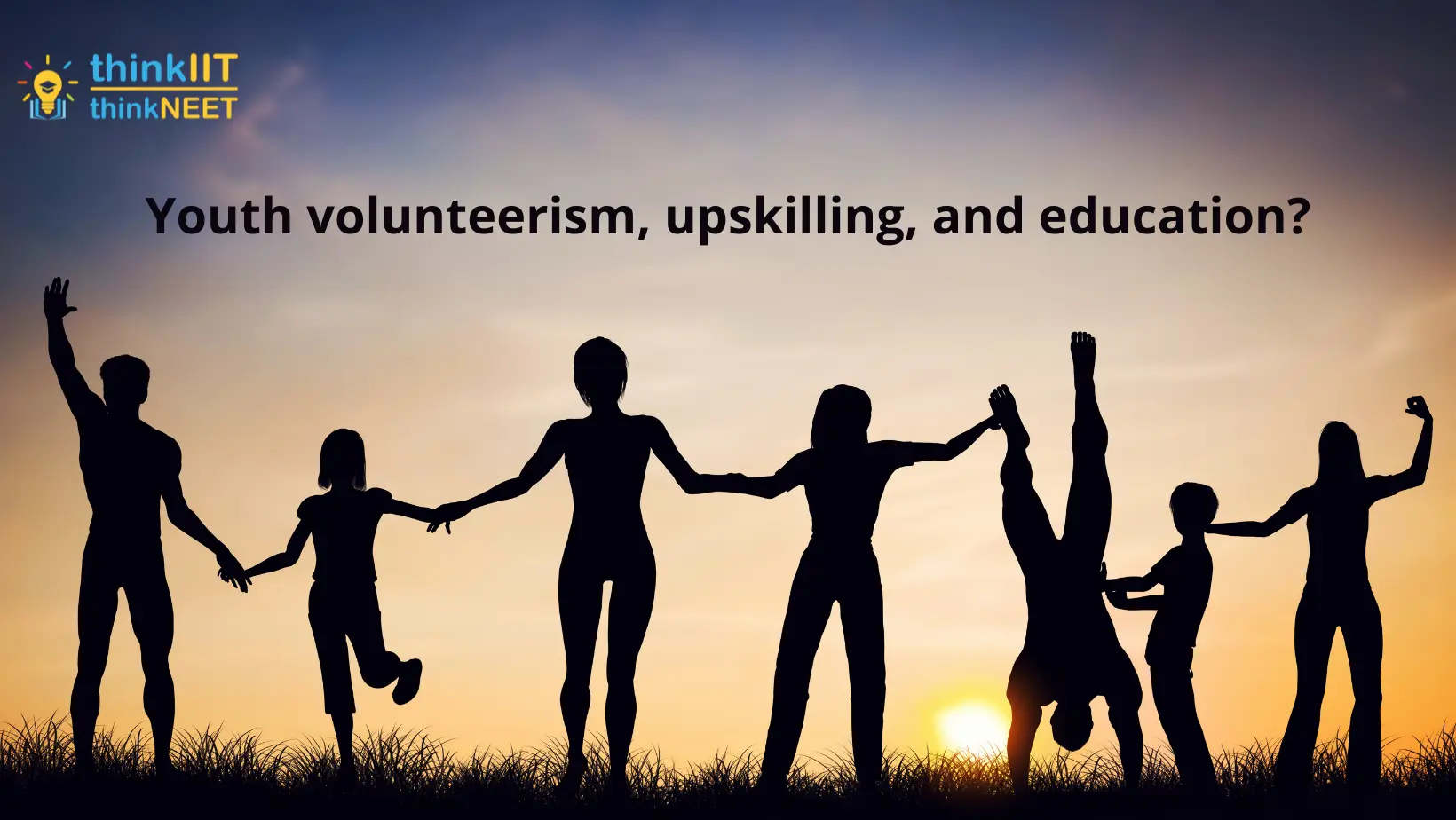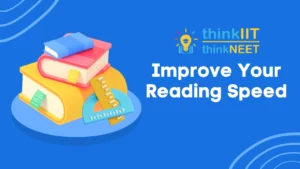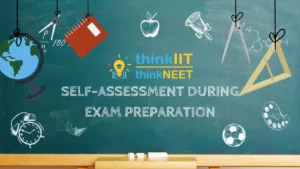Volunteering is frequently regarded as a’soft’ option – something that NGOs and charities do with little regard for its economic value. However, the sheer number of volunteers and volunteer hours in South Africa indicates a significant opportunity that can be put to a variety of uses. Upskilling young people is one that we believe is particularly valuable.
It’s not just an opportunity for civil society to seize. Companies can also make a business case for supporting youth volunteerism. When societies prosper, businesses prosper as well. The stability of markets and the expansion of market opportunities are influenced by the stability of communities.
South Africa’s youth unemployment rate, which is around 75% for those aged 15 to 34,[3] does not bode well for stable communities or markets – not to mention the wasted human potential that could propel the economy forward.
Every uneducated child and unemployed adolescent contributes to the intergenerational cycle of poverty. India still has over 83 million people living in extreme poverty (World Poverty Clock). The demographic divide will only widen unless something changes, and children will continue to give up their hopes and dreams without even having the chance to grow.
As a result, education has emerged as one of the most critical aspects of a person’s life.
Investing in youth volunteers and education lays the groundwork for a brighter future for all. We are part of the largest generation of youth in human history on a global scale. There are 1.8 billion young people on the planet, and one-third of them volunteer.
In general, youth literacy has improved over the last 65 years (from 42 percent in 1960 to 86 percent in 2015). Despite this progress, there are still significant obstacles to overcome. A key factor in achieving the 2030 Agenda is engaging youth and making education relevant, equitable, and inclusive.
Uplifting through Skills and Education
The IN-DEED Foundation is organised into five main verticals: Adhyayan, Sambhavna, Jigyasa, and a Digital Resource Center (DRC).
Let’s take a look at it:
- Adhyayan: With the help of volunteers, it focuses its efforts on assisting students with curricular subjects. To improve virtual education, it also digitises content and provides students with e-learning modules.
- Sambhavna: Its goal is to expose students to a variety of extracurricular activities such as drawing, painting, debating, essay writing, dramatics, sports, and Yoga. It also aids in the development of communication skills and spoken English in children.
- Jigyasa: It encourages students to be curious. It piques children’s interest in STEM subjects such as robotics, aero-modeling, design, and engineering, among others.
- Samiksha: It helps students with its advanced platform technology (Personalised Learning, Assessment, and Training). Thousands of students have taken part in online assessments where they can check their scores and learn where they went wrong right away.
- The Digital Resource Centre (DRC): It is located in Rajola Kalan, a nodal village in Western Rajasthan’s Pali district. The programme aims to close the digital divide between students by teaching digital literacy and information technology skills to children in rural areas.
Some Imporatnt notes
The Sustainable Development Goals (SDG4) aim to ensure that all girls and boys have access to free, equitable, and high-quality primary and secondary education that leads to relevant and effective learning outcomes by 2030. Young women today do not have the same educational and training opportunities as their male counterparts.
According to UNICEF, 264 million children and adolescents around the world do not have the opportunity to attend school or complete it.
In low-income countries, only 10% of people complete upper secondary education. At the same time, in developing countries where youth make up 90% of the population, basic education remains a challenge. In Niger, for example, only 36.5 percent of young people (15-24 years) are literate.
Young people all over the world are fighting for everyone’s right to free, inclusive, and high-quality education and training. Governments, institutions, and societies must all support these efforts.
Why there’s more value in youth volunteerism than meets the eye?
Volunteering has a number of advantages – for the volunteers, for the organisation that hosts them, and for future employers of young people who have volunteered.
Before entering the workforce, volunteers have the opportunity to explore and better understand their passions and strengths. They may be exposed to work environments that are professional, goal-oriented, and team-oriented. They also learn about some of the country’s most pressing social issues and how programmes are being developed to address them if they volunteer in the NGO sector.
This type of volunteerism demonstrates young people’s commitment and civic awareness, which are important qualities that employers look for in new hires.
How can we use volunteering to prepare young people for entry into the world of work?
How can non-profit organisations or community initiatives, in particular, create and structure volunteer positions that contribute meaningfully to the organization’s development work while also effectively preparing young people for future employment?
Volunteering is unlikely to meet the expectations or needs of a young person looking for work and a salary, limiting their ability to contribute and grow in the opportunity.
It’s critical to evaluate a candidate’s skill set and get a sense of their strengths and learning areas. This allows them to be placed in a volunteer position where they can contribute effectively, gain confidence, and improve their skills.
Be aware that for some young people, this may be their first job experience, and as a result, they may need to learn new skills and values in the workplace, such as prioritisation and time management. Volunteering is a valuable opportunity for them to gain these skills (read more about personal development here) that will help them become more employable.
Number of countries are recognizing volunteering to be part of the solution of illiteracy. They highlighted in their volunteering national review (VNR) that volunteering plays an important role to achieve SDG4.
Many young people come from underserved and vulnerable backgrounds. In their environment, there are frequently threats that may prevent them from fully participating in and benefiting from their volunteer experiences. If such roadblocks are identified early on and measures put in place to help them overcome them, a young volunteer will be better able to perform well and grow in a volunteer position.
In Cambodia, 52.2% of the total population are under 25 years, which is the highest in the South East Asia region. It was mentioned in its VNR that volunteering is promoting inclusive education and youth engagement.
Powered By thinkIIT




